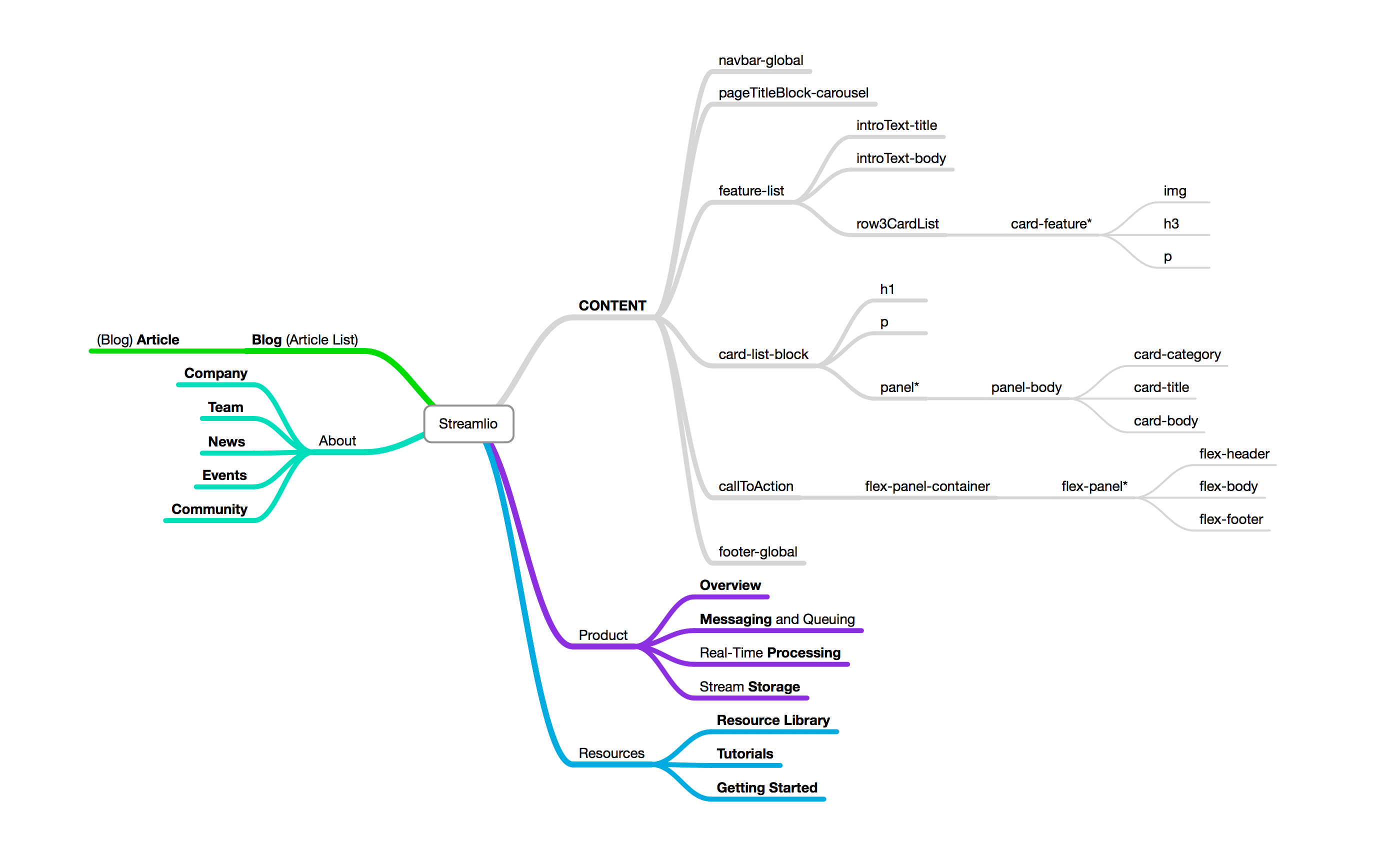Case Study
Streamlio | Streamlio Branding & Design
Building a Better Brand
How do you move from an initial logo and web site to a complete brand and content solution? Keep it simple.
- Services:
- Branding & Identity
- UX & UI Design
- Web Development
- System Design
- Graphic Design
- Tools:
- Illustrator
- Photoshop
- Adobe XD
- Atom
- iWork
Reading time: 6 minutes.
Content has been modified or recreated to comply with my non-disclosure agreement and does not necessarily reflect the views of Streamlio Inc.





































